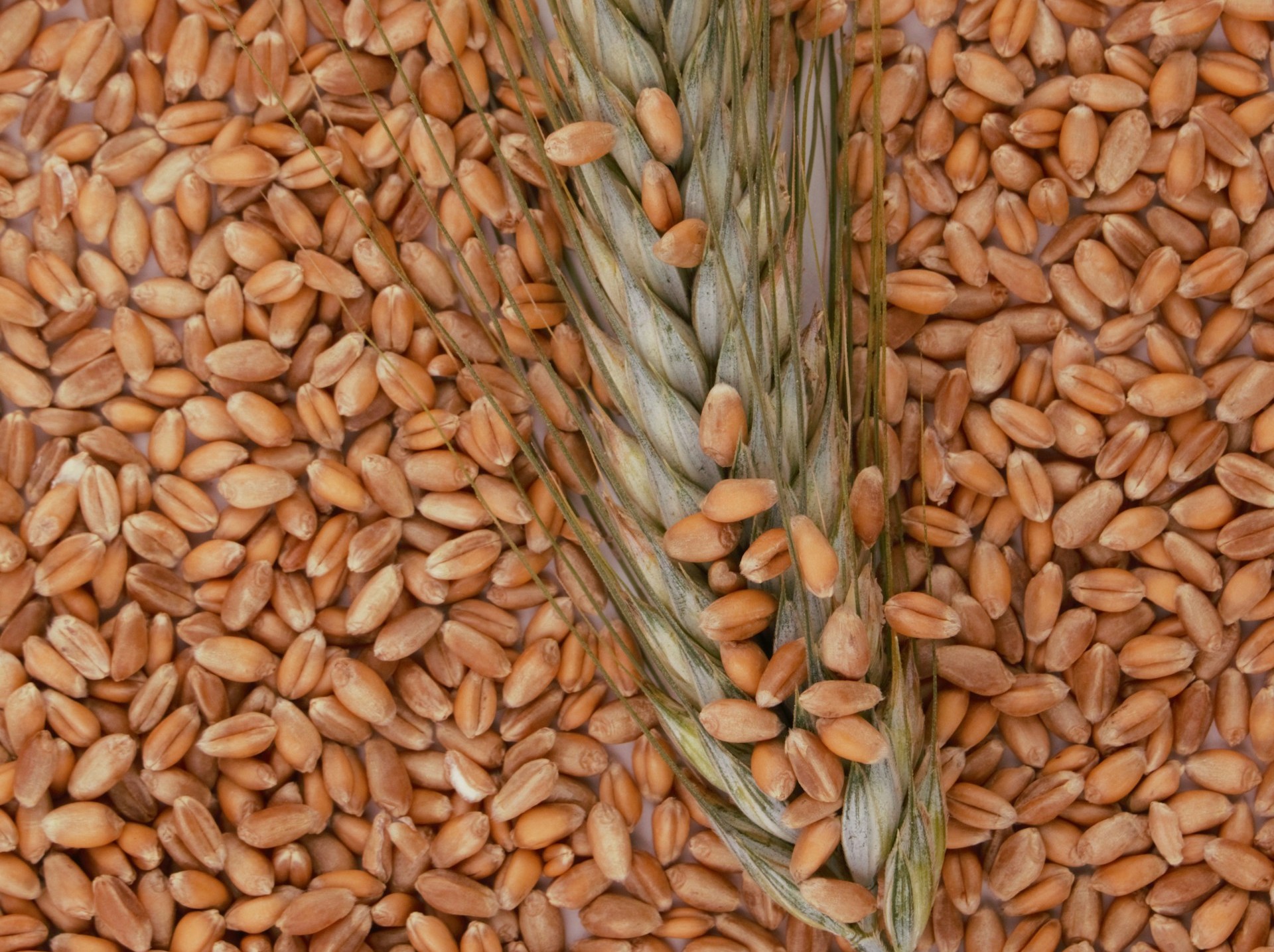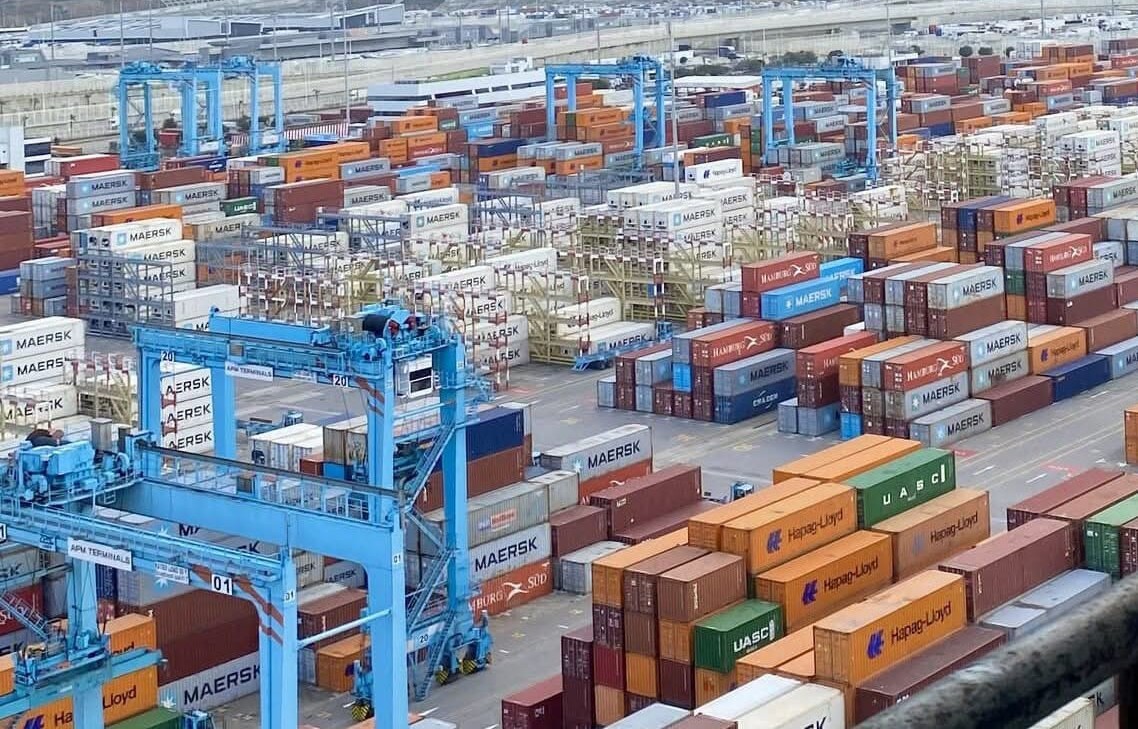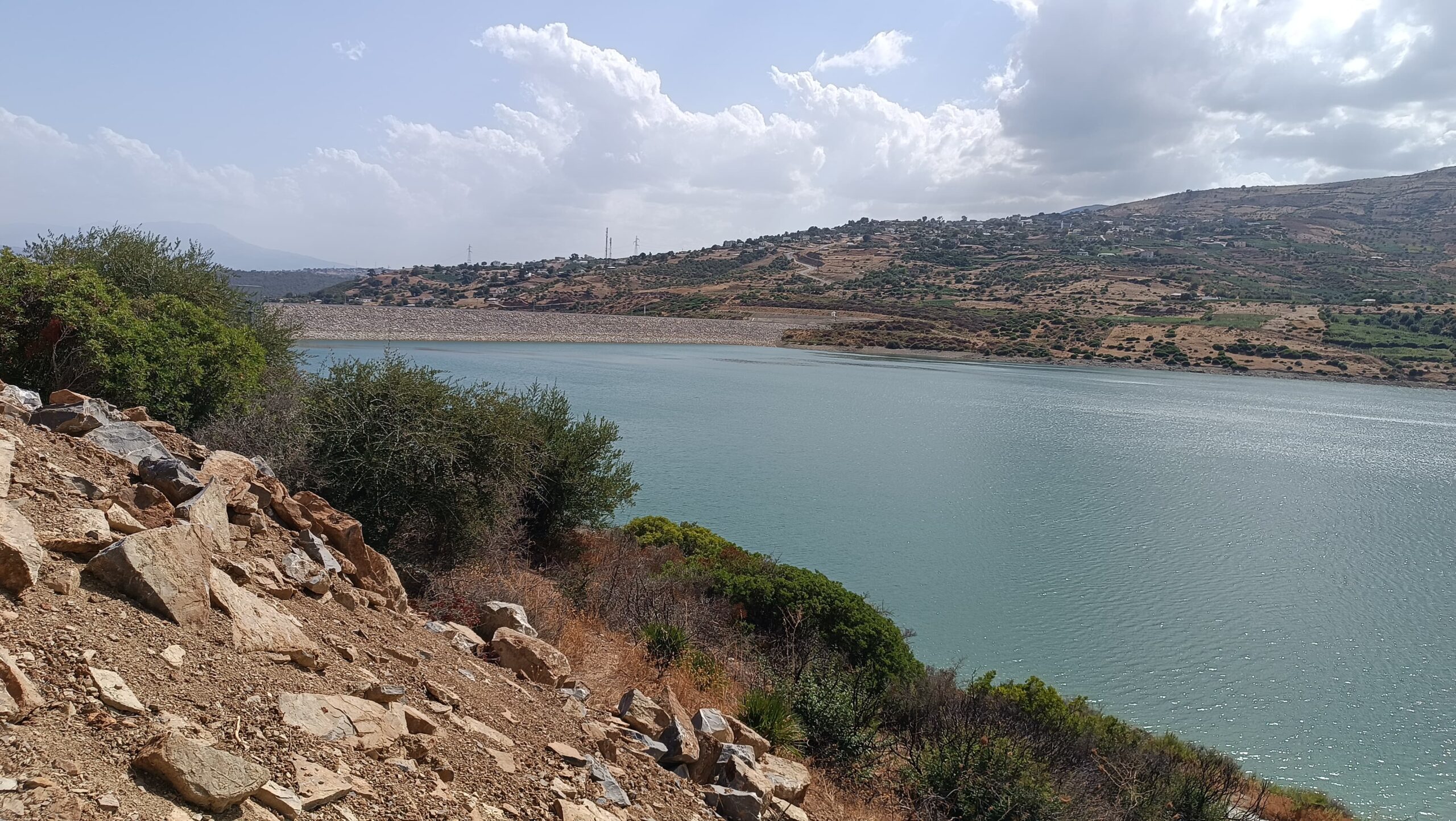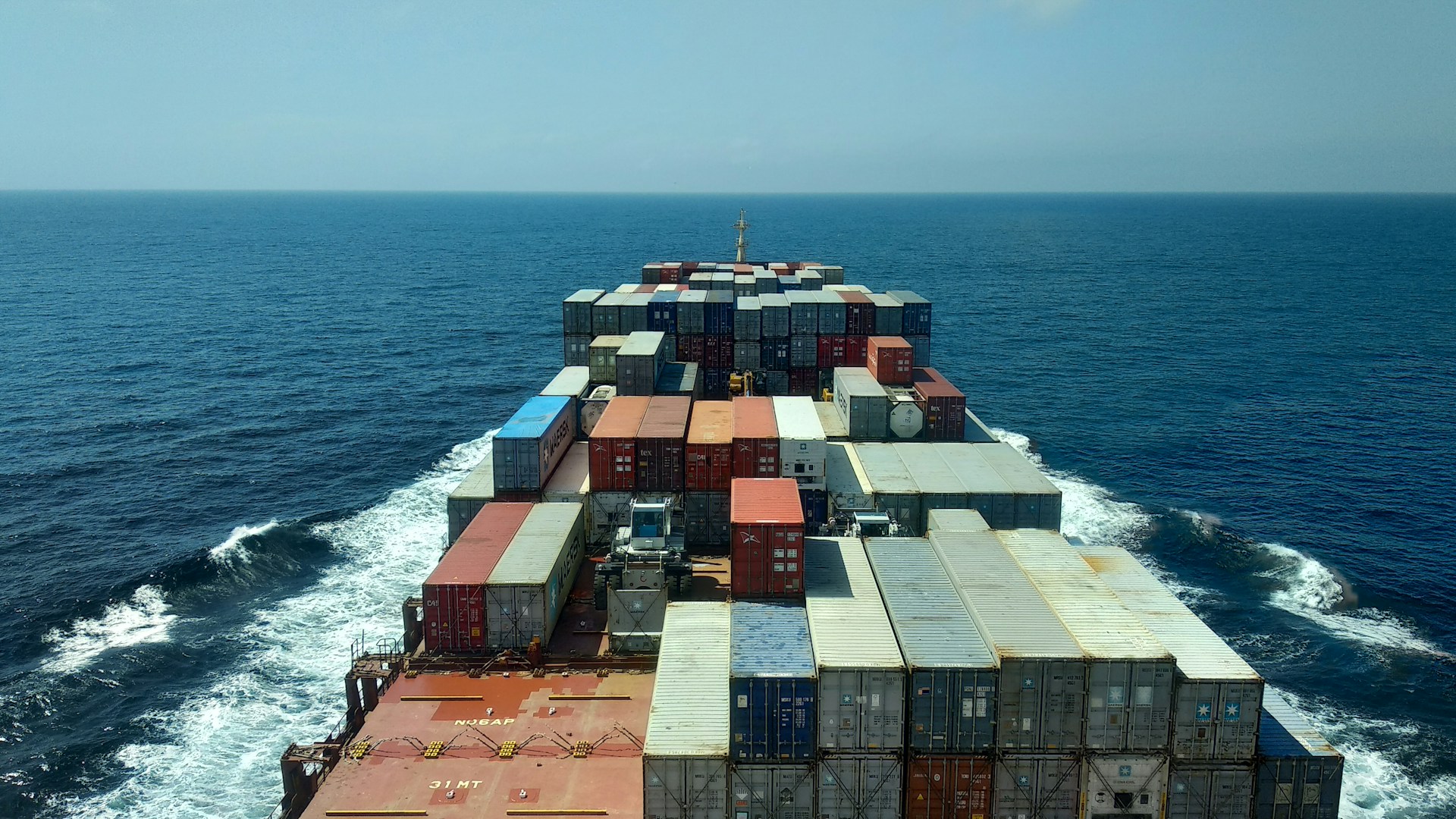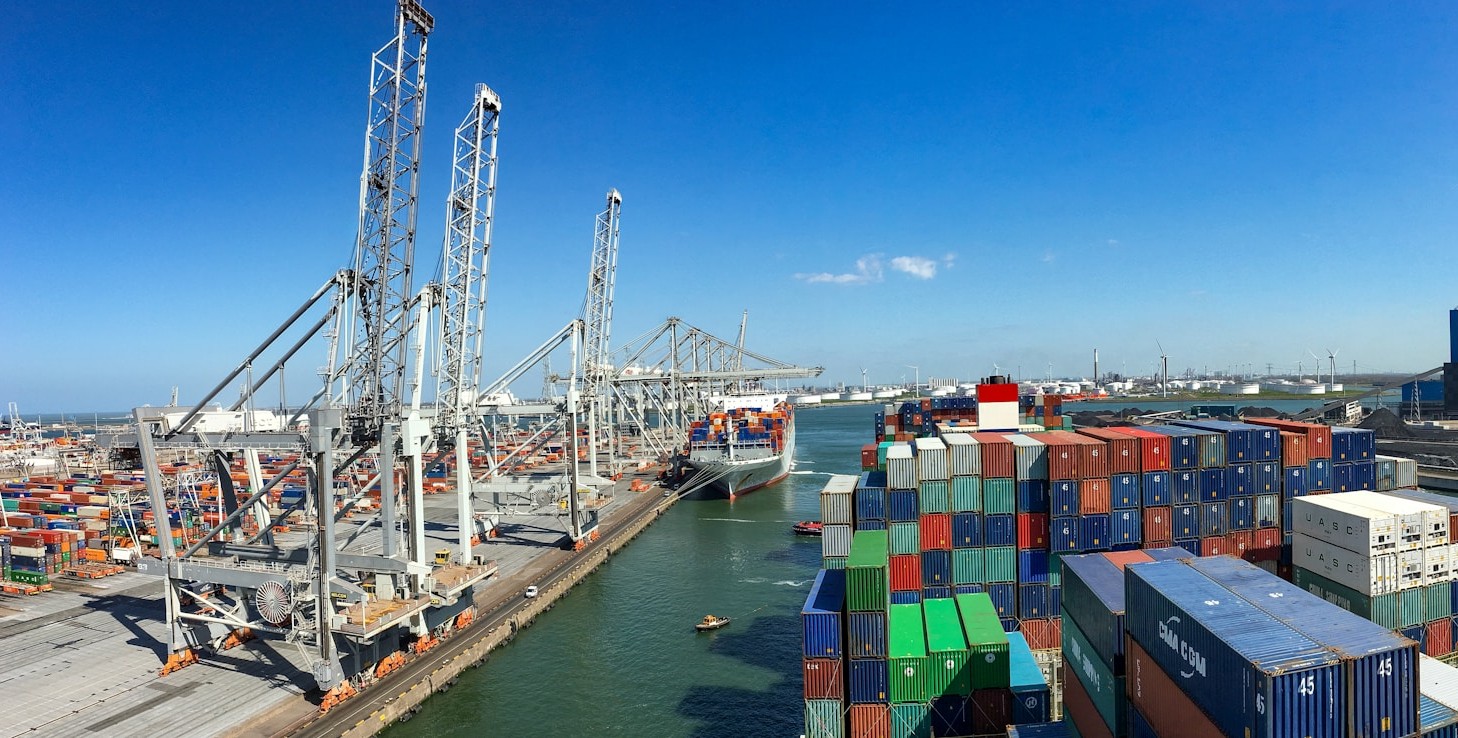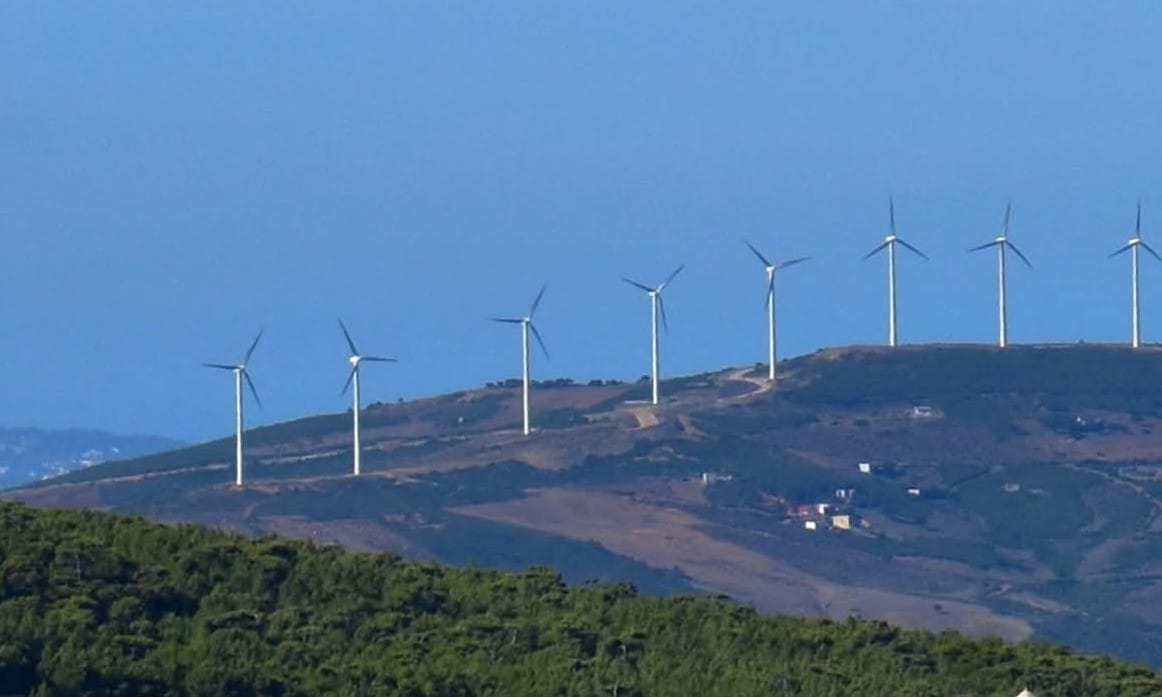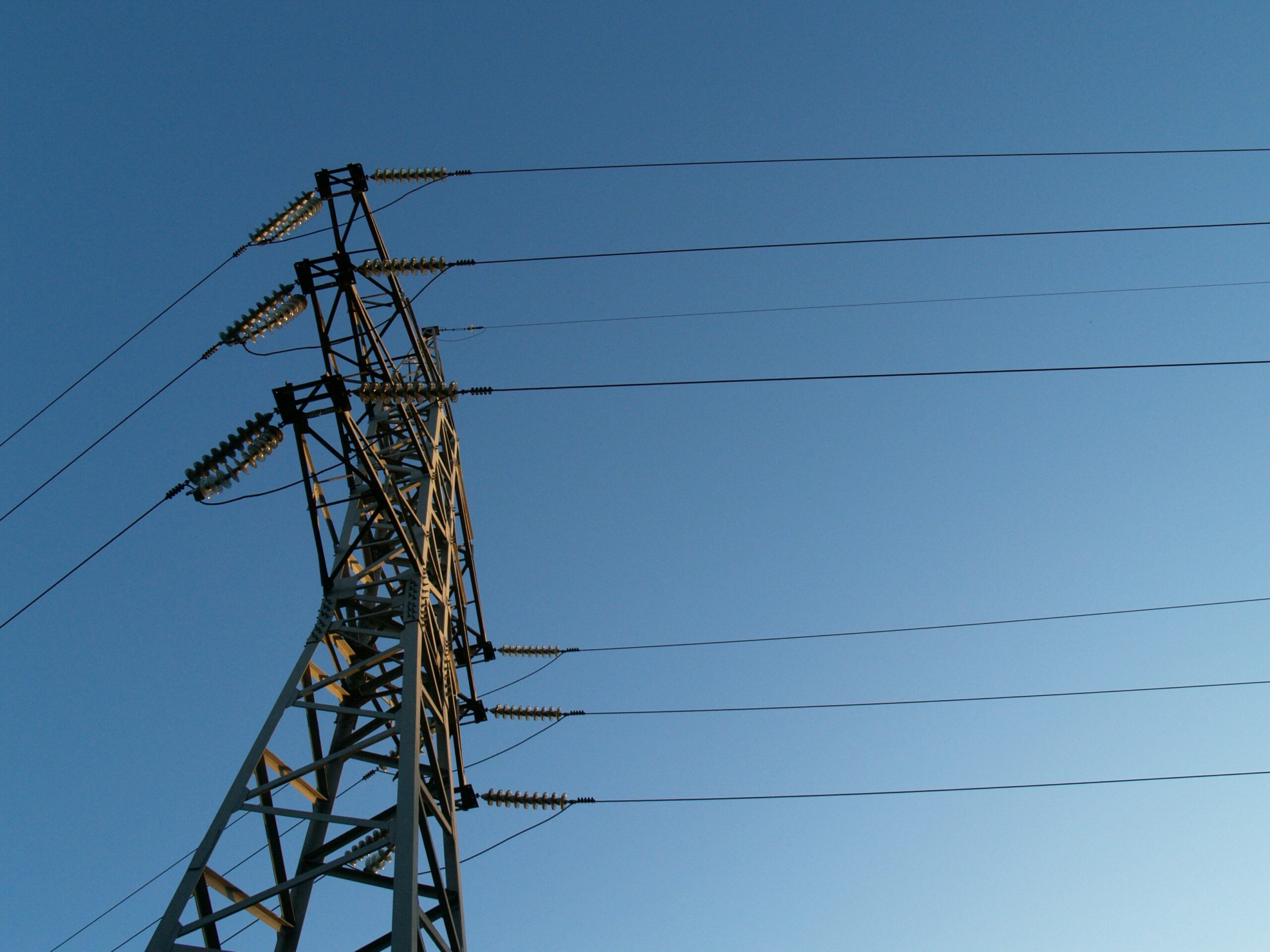Casablanca – The recent rainfall across several regions of Morocco has sparked optimism regarding the country’s water reserves, particularly in three critical hydraulic basins: Guir-Ziz-Rheris, Drâa-Oued Noun, and Moulouya. After enduring six years of severe drought and the challenges posed by climate change, these rains have provided a much-needed boost, significantly improving the filling rates of key dams.
As of late September 2024, the overall filling rate of dams in Morocco has climbed to over 29%, marking a notable increase of three percentage points compared to the same period last year. This resurgence is particularly crucial for farmers, who have long been grappling with water scarcity that has threatened their livelihoods.
In the Guir-Ziz-Rheris basin, dam filling rates have surged to 39.58%, a substantial improvement from 27.8% recorded last year. This increase is largely attributed to significant water inflows at the Hassan Eddakhil dam, which currently holds 149.1 million cubic meters of water, achieving a filling rate of more than 47.7%. Such figures offer a glimmer of hope for local agriculture, which has suffered immensely in recent years.
The Drâa-Oued Noun basin has also benefited, with a filling rate now at 28.14%, up from 21% at the end of September 2023. The Mansour Eddahbi dam in Ouarzazate has seen remarkable gains, with water storage rising to 178 million cubic meters, leading to a filling rate of 40%, compared to just 14% the previous year.
Similarly, the Moulouya basin has reported an increase in its filling rate, now standing at 36.34%, compared to 33.8% last year. Notably, the Oued Za, Sfisef, and Rkiza dams in southeast the country have reached full capacity, each attaining a remarkable 100% filling rate after receiving a total of 222 million cubic meters of water in just the last two weeks.
These recent rains are not only a much-needed respite for the agricultural sector but also signal a potential turnaround in the long battle against drought in Morocco. Farmers across various regions are starting to see renewed hope as they prepare their fields for planting. The improved water reserves are expected to enhance irrigation and drinking water supplies, paving the way for a more optimistic agricultural season ahead.
While it is crucial to remain cautious about the unpredictable nature of climate patterns, these developments bring a sense of relief to communities that have faced years of uncertainty. As the rains continue to replenish the dams and basins, the focus now shifts to ensuring sustainable water management practices to safeguard against future droughts.
